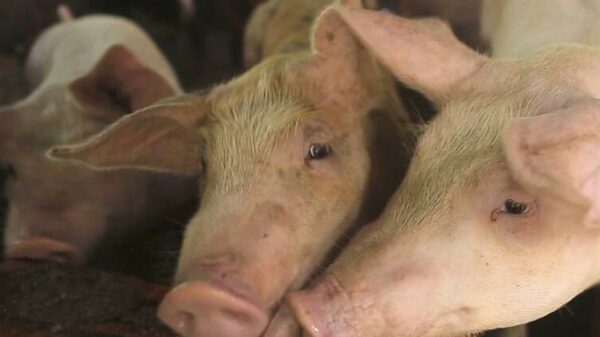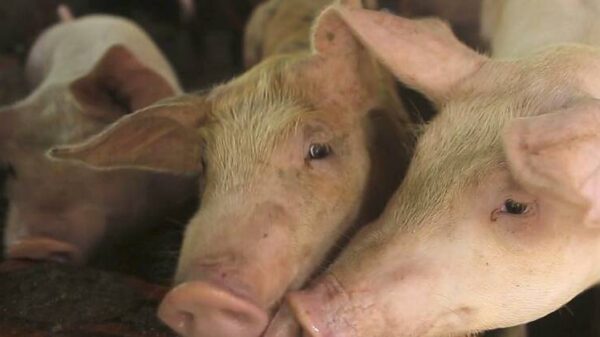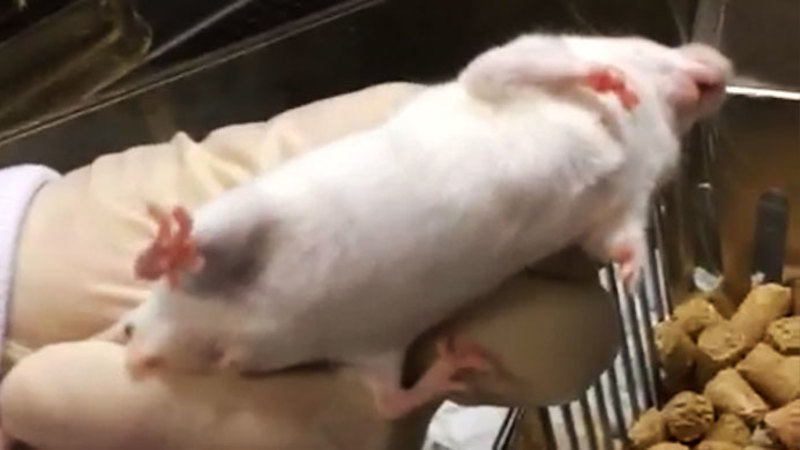Concerns have arisen following the release of covert videos filmed by scientists within the QIMR Berghofer Medical Research Institute in Queensland, Australia. The footage appears to showcase mice used in research led by Dr. Mark Smyth, revealing subjects with no visible signs of tumours or surgical intervention. This development raises questions about the transparency and ethical practices in animal research.
The videos, recorded by a group of concerned researchers, depict the mice in an environment that has drawn scrutiny from animal rights advocates and the broader scientific community. The footage has sparked a debate over the welfare of laboratory animals and the methodologies employed in research facilities.
Implications for Animal Research Ethics
Dr. Mark Smyth is a prominent figure in cancer immunotherapy research, focusing on the role of the immune system in combating cancer. His work has garnered significant attention, leading to advancements in treatment options for patients. Nevertheless, the recent revelations from QIMR have led to calls for a reassessment of ethical standards in animal testing.
The videos have prompted reactions from various stakeholders, including animal rights organizations and regulatory bodies. Advocates have expressed concern that the absence of visible tumours or surgical signs may indicate a lack of proper oversight in animal care practices. This situation has drawn attention to the necessity for rigorous adherence to ethical guidelines in scientific research.
The QIMR Berghofer Medical Research Institute has yet to issue an official statement regarding the footage or the claims surrounding it. As the scientific community awaits further clarification, the implications of these revelations may extend beyond this specific instance, potentially affecting public trust in animal research.
Future of Animal Research in Australia
As discussions continue, the future of animal research in Australia is under scrutiny. The incident raises broader questions about the ethical treatment of laboratory animals and the need for transparency in research practices. Many researchers are advocating for improved communication regarding animal welfare and the justification of using animals in scientific studies.
The situation at QIMR is not isolated, as similar concerns have arisen in research institutions worldwide. The ongoing dialogue around animal testing and its ethical implications may lead to significant changes in regulations and public perception.
In light of these developments, it is crucial for the scientific community to engage with the public and address concerns about animal welfare. The outcome of this situation at QIMR could serve as a pivotal moment in the ongoing quest for ethical integrity in research practices.































































